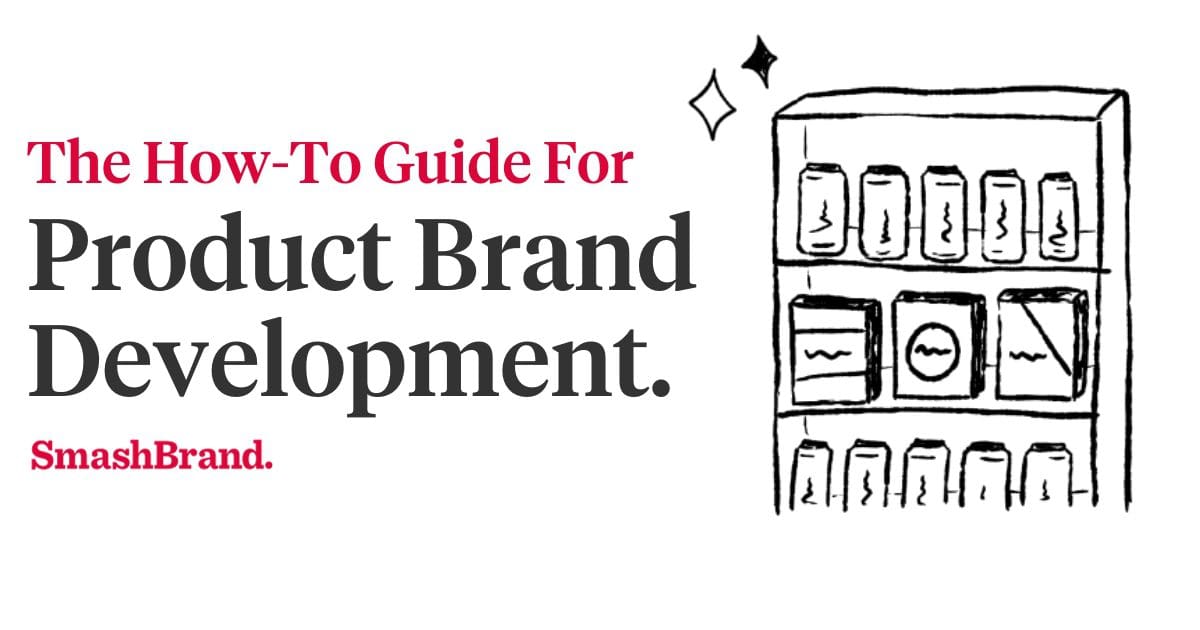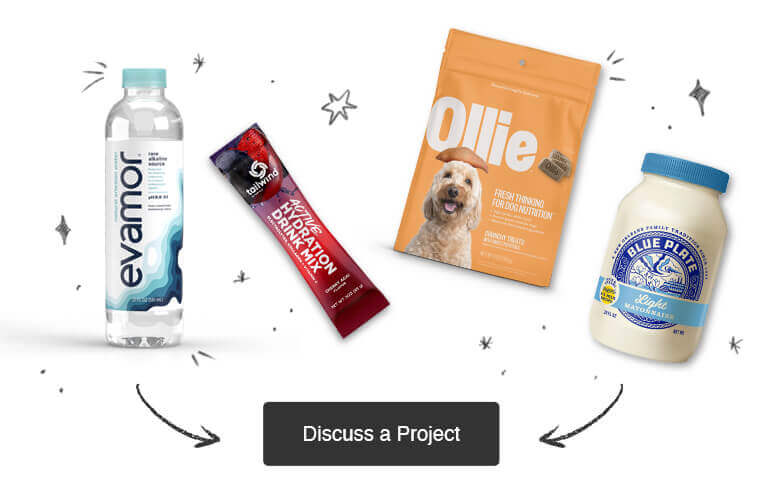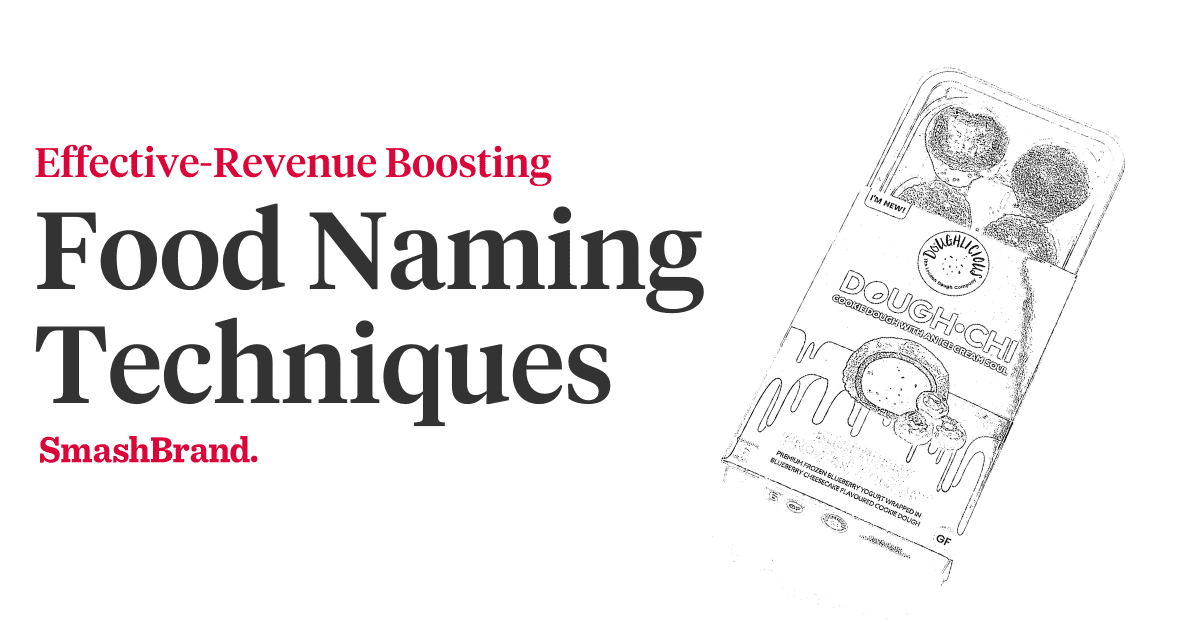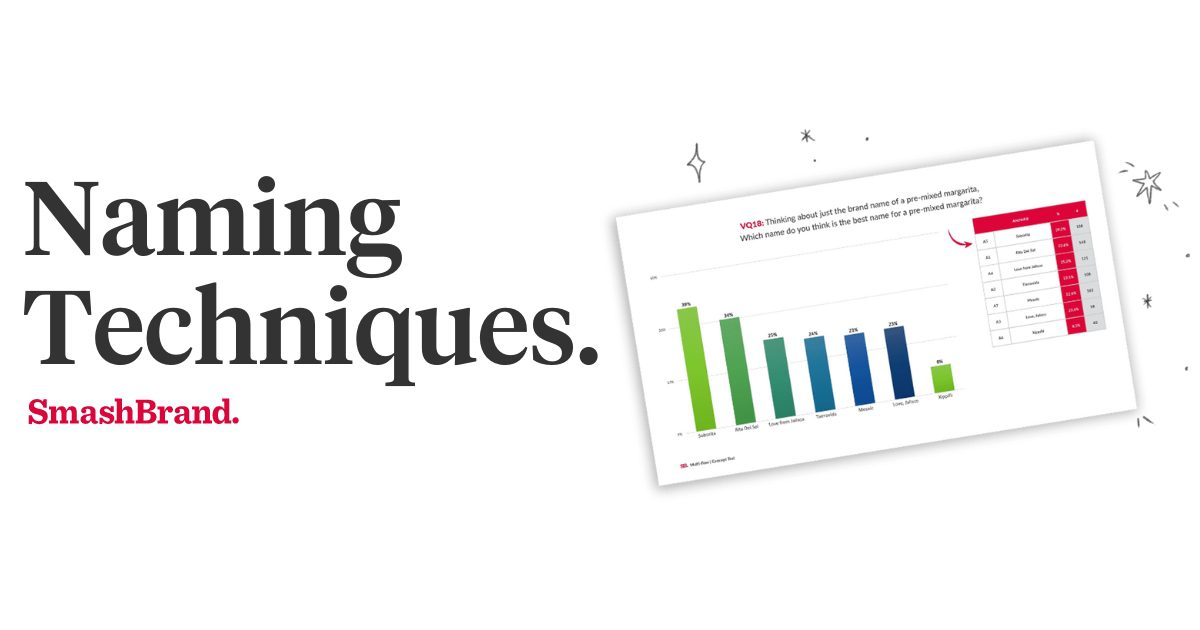Every product on an aisle would have fought “tooth and nail” to get there. Here is what we mean: imagine you are launching a new product line for your electric vehicles. However, with the saturation of established brands in that industry, for your product to stand out, you will need to strategize carefully. Product brand development is the “wrestling match” that brands must participate in for their products to stand out and remain relevant.
Why do we call it a fight? Strategic product brand development entails a rigorous process of creating a strong brand identity, distinct brand positioning, and a unique selling point that resonates deeply with your target audience. Developing a strong brand is an intense collection of events that could take weeks, months, or even years. Your goal is to understand your current and prospective customers and create products to solve their pain points.
A successful product brand development strategy is the secret to brand loyalty. The more you create products that align with your target audience’s values, the faster you gain brand loyalty.
So, whether you are looking to penetrate the market with a new CPG product or trying to remain at the top of the industry, product branding is crucial to your success.
In this article, we will look at the complete guide to help you understand the entire product brand development process. We have also examined strategies to help your product stand out no matter how many established brands are in your industry.
What is Product Brand Development
Like Brand Development a successful product is the conglomeration of brand marketing, brand management, and product branding. These three elements constitute brand identity development if the strategies are rightfully implemented.
As such, a strong brand identity ensures brand awareness, and this, in turn, leads to brand loyalty. The essence of product brand development is for your current and potential customers to recognize your products among others, no matter how similar they may seem, and trust yours is the best for them.
Product Branding vs Corporate branding
It is a common misconception that product branding is the same as corporate branding – they are very different. Product branding is subject to changes as the company aims to distinguish its products from those of the competition.
Interestingly, the same company could be manufacturing other products; this means that for customers to distinguish a particular product from others within a company, there will be a different marketing strategy for each product.
You might be shocked to realize that LEGO, a Toy company, is a major manufacturer of tires. Did you also know that Levi’s, a renowned clothing company, also produces bikes? However, for both companies, there are different product branding for each product for customers to distinguish easily.
On the other hand, Corporate branding is not subject to change, as the marketing, management, and branding are consistent throughout.
Reasons why product brand development is important
No matter how strong a company is, without a solid brand development plan, people will not be interested in the product. In 2013, Google created a wearable computer called “Google Glass” that allowed people to connect to the internet using hands-free voice commands. Unfortunately, due to poor product brand development, “Google Glass” was discontinued in 2015. Poor product development was also the reason for the discontinuation of Amazon Fire Phone, Microsoft Zune, and Pepsi Crystal, all products from globally recognized brands.
Here are three reasons why product branding is essential for any brand looking to succeed:
- Brand Awareness: A well-thought-out product brand development will help people become aware of your products.
- Builds Trust: As we explained earlier, when people become more aware that your product aligns with what they value, trust becomes solidified.
- Premium Pricing: Once you have a loyal customer base, you can command a premium price for your products. Gucci, Apple, and Tesla are prime examples of charging a premium price.
Common mistakes to avoid in product brand development
No Originality
There are already too many products in the market, and consumers would always want to avoid another replica or imitation of something trending. Therefore, create a unique product and communicate your brand values clearly.
Forgetting the target audience
As bizarre as this may sound, some companies focus more on the product than their target audience. Ensuring your product and its features work perfectly is necessary, but your target audience will decide if your brand succeeds. So, keep your current and prospective audience in mind throughout the product brand development process. Create a product that appeals to their values and addresses their pain points.
Inconsistency with Branding
For people to always pick your product over others, you must be consistent across all touchpoints. Even if you have different products within the same company, each must have its unique marketing strategy. You do not want to confuse your current and prospective customers. Consistent product branding will help customers build a strong connection with your brand.
Unclear Brand Identity
A company needs to understand its brand values, messaging, and personality to attract potential customers and sustain the ones it currently has.
“Without a strong brand identity, your product brand development is doomed from the start.”
Types of Product Brand Development
There are two main types of product branding that companies employ for product branding.
Individual Product Branding
This type is the most widely used product branding category by companies worldwide. It is a technique where your company creates a unique brand identity for each product. Unilever has different products, such as Dove, Ben and Jerry’s, and Axe; each has its unique brand strategy and positioning.
Corporate product branding
This type of product branding is used by some of the most successful companies, such as Apple and Amazon. Here, you create a single brand for all the products within your company. You allow your brand to speak for you.
Pros and Cons of Individual Product Branding
| Advantages | Disadvantages |
| Allows you to differentiate your products from the competitors. | It could be expensive to maintain multiple brands. |
| You have more flexibility to put your products on the market. | It could be challenging to create and maintain different brand image across products |
Pros and Cons of Corporate Product Branding
| Advantages | Disadvantages |
| Create a strong brand identity for the entire band | It could be difficult to differentiate products from the competitors with a single brand. |
| It is easier to manage one brand | Difficulty in marketing products to different target audiences using one brand. |
Other types of product brand development include:
- Co-branding: This is where your company partners with another to create a product. The essence of this type of product is to leverage each brand’s reputation and reach to stand out. Nike and Apple collaborated to release a product line of wearables and sports shoes.
- Personal Branding: Another way companies strategize to stand out in the market is by associating a product with a celebrity or an expert. Here, you are leveraging the prominence of an individual to gain a larger market share.
Steps in developing a strong Product brand
Here are seven important steps for you to take to become a successful brand:
Step 1: Understand your target audience
The first step in developing a strong product brand is to analyze your audience. In audience analysis, your goal is to research the needs and wants of the people you sell your products to. What are their pain points? Once you can understand what your target audience values, then you can define your brand identity.
Step 2: Define your brand identity
Now that you know your target audience’s values, you can create an identity that meets their needs. Your brand promise and personality are all geared toward addressing the target audience’s pain points.
Step 3: Develop your brand messaging
Every successful brand has a clear and concise way of communicating its brand values to the public. You aim to create a unique and genuine messaging that profoundly resonates with your audience. Ensure that the brand messaging is persuasive enough to show that your product is the most suitable for your target audience.
Step 4: Create a strong visual identity
Let your brand logo, color schemes, and typography be easily recognizable. Ensure that it is visually appealing and aligns with the core band values.
Step 5: Craft a Compelling Brand Story
Every brand has a story of how it came to be. Your brand story must show why your brand is unique. You should use this powerful tool to tell people what your brand stands for. Integrate your brand story into your messaging and let people be constantly reminded of why you are manufacturing a particular product.
Read more: How To Create A Winning Brand Development Strategy.
Step 6: Develop Consistent Branding Elements
Consistent branding is important for brand recognition. When you create branding elements that are the same across different platforms, people find it easier to distinguish your products from others. So, whether it is marketing materials, radio jingles, or TV commercials, let your product have the same brand voice and brand identity.
Step 7: Monitor and Adapt
A strong product brand continues to evolve with time. Always stay abreast on top market trends, customer feedback, and technological innovations to redefine your product. Monitor your product performance and make adjustments where necessary.
The importance of brand storytelling
Product brand storytelling is a strategic way brands use persuasion and relatable scenarios to connect to their audience emotionally. You can create a brand story that highlights the life of your target audience.
The goal is for people to see themselves as a part of that product brand through an emotional bond. Successful brand storytelling also helps to build trust and credibility. Once your product brand values resonate with your prospective customers, it becomes easy to build brand loyalty.
You can also use brand storytelling to communicate your value proposition to your target audience. Your brand story is also a great way of building a community of like-minded individuals whose stories resonate with your brand.
How to create a brand community
We have established throughout this guide that your target audience determines whether your product becomes a success. Therefore, you need to constantly engage your audience even after you have attracted them with your brand story.
A brand community is a unique set of people deeply passionate about your brand. These people are your “die-hard” fans if you were a rockstar. They are the ones who will most likely buy and talk about your product. Most product referrals come from a product brand community. They are crucial in your product brand development phase, especially if you have a new brand.
Here are some steps to create a brand community:
- Create a place for your community to gather: You could have a physical location or an online group where everyone talks about your brand.
- Share valuable content with your community: Let them be the first to know about product features and new releases. You can use blog posts and e-books to share content with your community.
- Engage the community: Regularly respond to the comments and questions. Ensure you participate in the group. Also, engage your community by running contests and giveaways.
Brand Crisis Management
After creating a product that aligns with your values and addresses the target audience’s pain points, companies would hate to run into a crisis. Even the best plans can sometimes go askew. It only takes a push of a button for a product to gain a negative reputation. For you to have a formidable product brand development, crisis management must be implemented.
Let’s look at some tips for brand crisis management:
- Identify your stakeholders and find out what triggers them. Your stakeholders include customers, the media, employees, and investors. Let your product brand development align with the needs of the stakeholders.
- Examine possible crisis scenarios: Look at situations that could put your brand in a bad light in the public.
- Develop a detailed response for each scenario: No matter how many scenarios you come up with, ensure that you create solutions that would mitigate the damage to your brand.
- Test your response regularly: You and your team should test out the responses and correct any weaknesses that may occur.
Brand Testing in the Product Brand Development Phase
A product brand strategy is incomplete without being tested. Brand testing is the way companies evaluate the effectiveness of their brand development strategy. For solid product brand development, you must examine the brand strategy in real time.
We will only cover the right way to test your product in this guide. You can read more on brand testing here.
The Right way to test your product
- Hire a brand testing agency backed with enough experience and a solid reputation.
- Use the correct representation of the target audience for consumer testing. You must follow a detailed testing template to select members from your target audience who will be the best candidates.
- Ask straightforward questions. Refrain from making the questions you ask respondents ambiguous. Use clear statements only that lead respondents in a clear path.
- Analyze the results carefully and take action based on your findings.
Data-Driven Brand Development That Can Guarantee Sales Performance.
If you need a complete product branding blueprint to ensure your brand’s success., we can help. SmashBrand is a brand development agency that researches, designs, and tests all products to ensure peak shelf performance. Book a time to discuss your project with our team.






